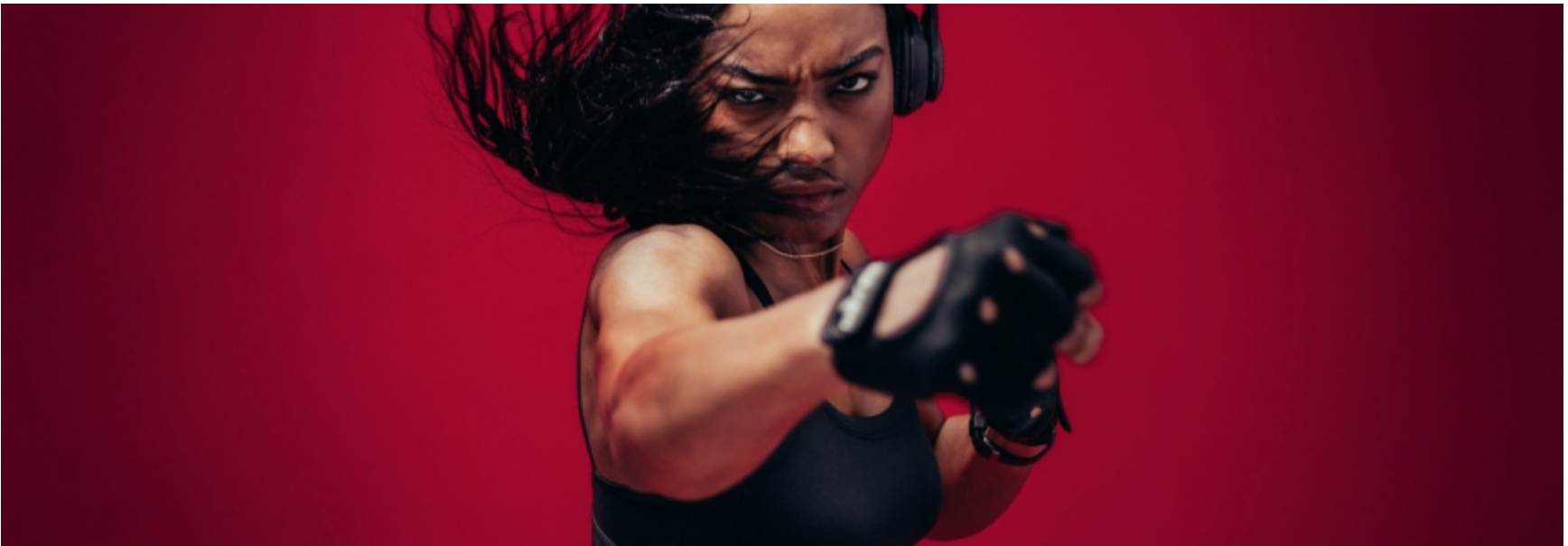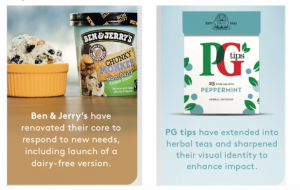Post by Jon Goldstone, Managing Partner, Global.
Last year was another tough one for most large consumer-goods companies. They continued to be buffeted by three major disruptions: consumers preferring brands that they perceive to be less artificial; a fragmentation of media; and major channel changes, as both discounters and ecommerce grew at the expense of traditional supermarkets.
The old model of simply pushing out new products into broad distribution with a high-reach media campaign is no longer enough. Retailers are less interested in listing, consumers are less interested in purchasing, and return on marketing investment has crashed.
Added pressure has come from shareholders. As top line growth has faltered, more scrutiny has been placed on the bottom line. Nestlé, for example, is chasing a formal operating margin target of 18.5%, a significant increase on the 16% achieved in 2016.
As a result, many big brands have been loosing share to smaller, insurgent brands. In a recent Brandgym survey of more than 100 marketing directors, 88% agreed that these insurgents pose a serious or very serious threat.
However, we are seeing the tide start to turn. Many of our progressive brandgym clients are responding to the insurgent threat, and I believe 2019 will be the year that the leading big brands really start to fight back. We see them doing five things.
1 Sharpening their brand positioning
A clear brand positioning remains key to growth today but often gets neglected, as we saw in last week’s post.
Big brands need to look back to what made them famous, and look forward to tap into emerging trends and needs. The new year is a good time to do some ‘brand Spring cleaning’: strip out all the superfluous noise that has built up over the years and return to a sharp, single-minded positioning.
2 Reigniting their passion for insight
It’s time for marketing teams to refocus on the core task of being the champion of the consumer. This means getting closer than ever to the consumer, eschewing drawn-out, heavy research processes for lighter, nimbler and more iterative immersion-based approaches.
3 Being an ‘agile giant’
Big brand companies will continue changing traditional structures and working practices to embrace more “test and learn”, special, cross-functional project teams, third-party outsourcing and flatter structures.
4 Relentlessly renovating the core
Big brands must build on the “trust advantage” that should come from being a well-known brand and place the emphasis on core quality improvement, top-notch communication, better ethical sourcing and more sustainable packaging.
Ben & Jerry’s and PG Tips are examples of big brands that have revitalised to remain more trusted on quality versus insurgents (Halo Top and Pukka Herbs respectively), includes amongst Millennials, as shown by recent brandgym research we posted on here.
5 Leveraging scale of mental and physical availability
Big brands should make creative use of their larger marketing budgets to drive reach and grow mental availability. And build on established relationships with key retail customers to explore new opportunities in ecommerce and increase physical availability.
In conclusion, big brands have many assets at their disposal to drive growth. “Size should be nothing to be afraid of. In fact, size gives you a whole lot of good things,” as Nestlé chief executive Mark Schneider observed. The challenge for big brands in 2019 is to be inspired by the insurgents and revitalise themselves, re-focusing on the consumer, being more creative with big budgets and acting with more agility.
This post was inspired by a recent column in Campaign which looked ahead to 2019.

